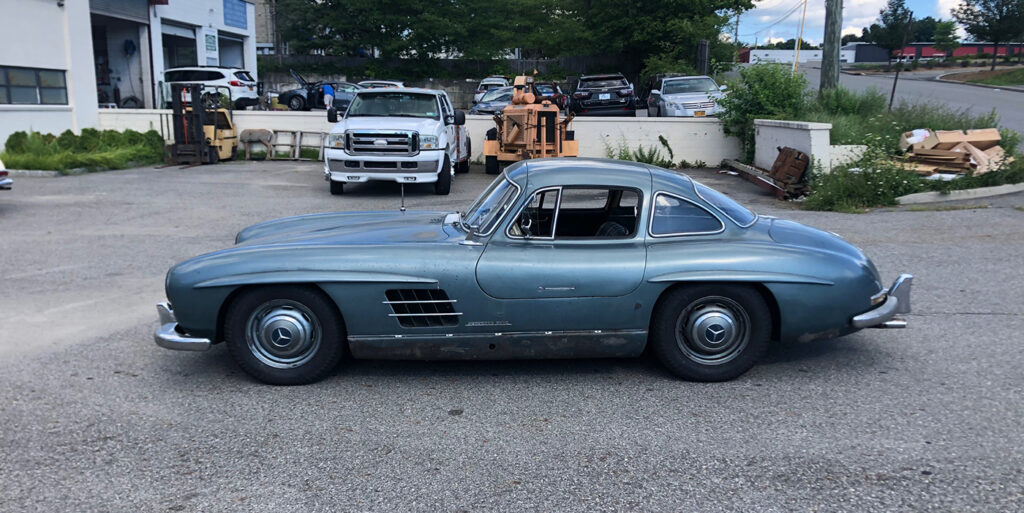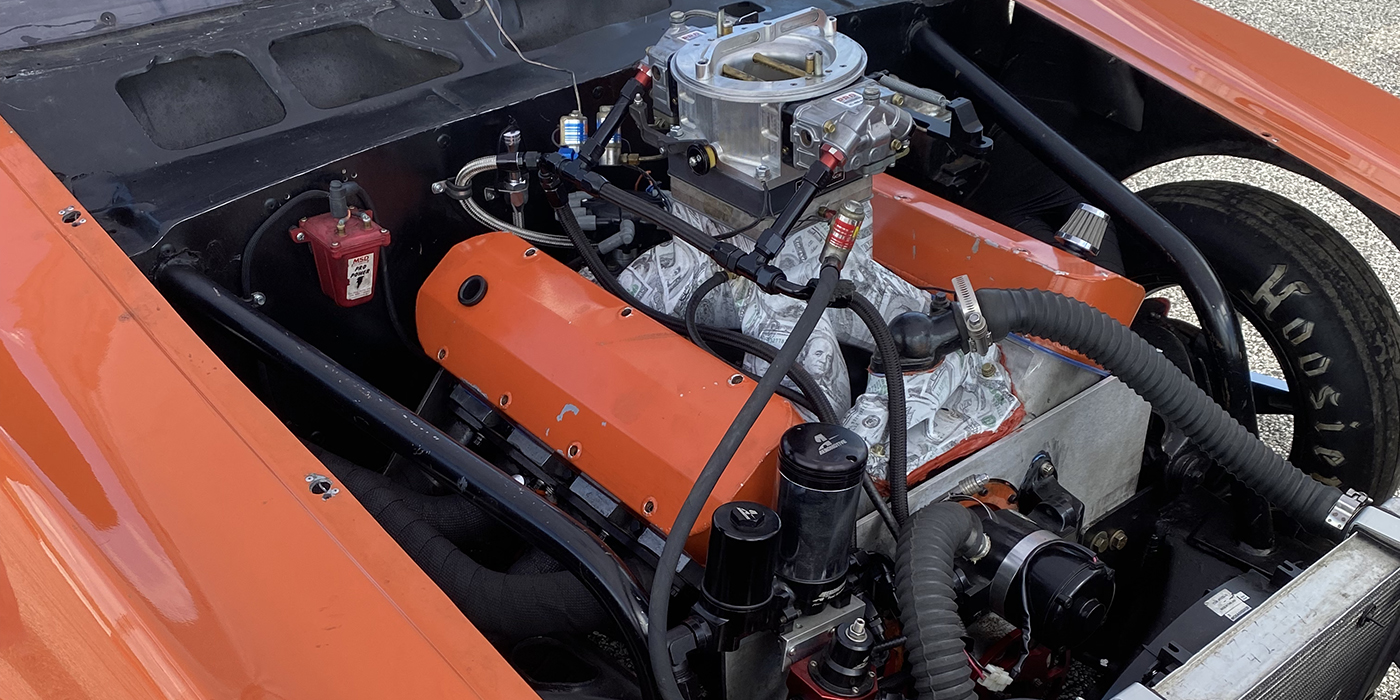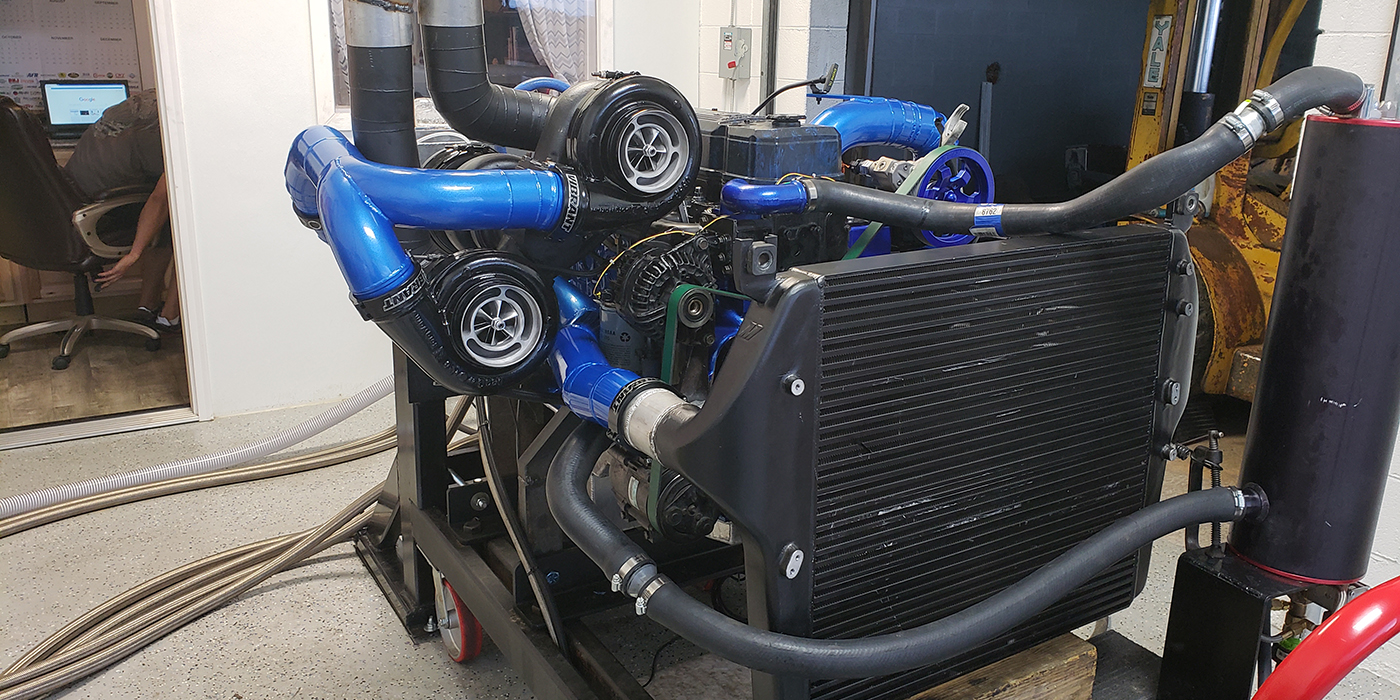Classic and vintage car culture in is a diverse one. It’s more than just muscle cars. In addition to the unmistakable rumble of American V8 power, vintage European and Asian marques are part of the regular scenery too, and there are premium events around the world that bring out some of the most sought-after models from legendary makers like Pierce-Arrow, LaSalle, Cord, Auburn, Alfa Romeo, Ferrari, Mercedes, and Duesenberg – to name a few. As we all know, that’s just the tip of the iceberg.
With all these different cars, what’s the one thing they all have in common? People are driving them. Trailer sales are down. Road rallies are up. Insurance companies have developed policies that encourage us to drive. Gone are the days of letting a good car sit to avoid a stone chip or bird droppings. These are cars that were meant for the road.
Building or rebuilding an engine for a classic car is not a new concept, and if you’re talking about a classic muscle car or American V8, engine builders do this day in and day out – building anything from a formidable daily driver to a high-horsepower street brawler. The aspects of this type of work are familiar to most of us and engine builders can easily speak from experience and read their customers to find out exactly what they are looking for.
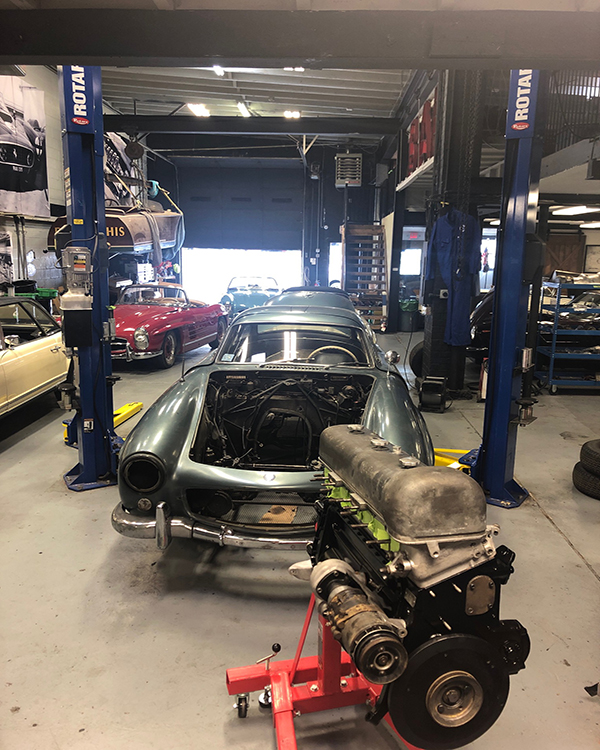
When it comes to parts, if they’re not available locally, we jump online for the power of the internet and they’re usually no more than two or three days out (obviously, that timeline has changed in COVID times). Information is there too, if we need any, we can easily find a complete library of reference right at our fingertips.
But what about some of these vintage marques? I had to figure the process might be a little different for some of them, especially some of the less common ones. I had some ideas about it, but rather than speculate, I opted for a first-hand viewpoint and spoke to R&R Auto Restorations in Mount Kisco, NY. They specialize in European marques of the ‘50s, ‘60s and early ‘70s and the owner, Randy Elber, is passionate about vintage automobile restoration.
Rebuilding the engine in one of these classics takes on an identity of its own, but getting a feel for it starts with an overall assessment of the vehicle, the intentions or goals of the owner, the cost, and the financial effect on the vehicle from a value standpoint.
The first step is to evaluate a car from front to back, then establish goals with the customer. When a car comes in, it receives the minimum time investment of an 8-hour day just for the inspection. Everything is gone over including body and paint condition, trim fit, interior condition, wiring, the fuel system, brakes, engine condition – including a compression check and a road test whenever possible.
With a complete assessment of vehicle condition, Elber can then present the vehicle owner with a plan for the project. Some cars get a complete restoration, which needs no explanation. Others are preservation style cars, where the overall condition is good enough that rebuilding the mechanicals results in a dependable, drivable car with originality that is worth its weight in gold.
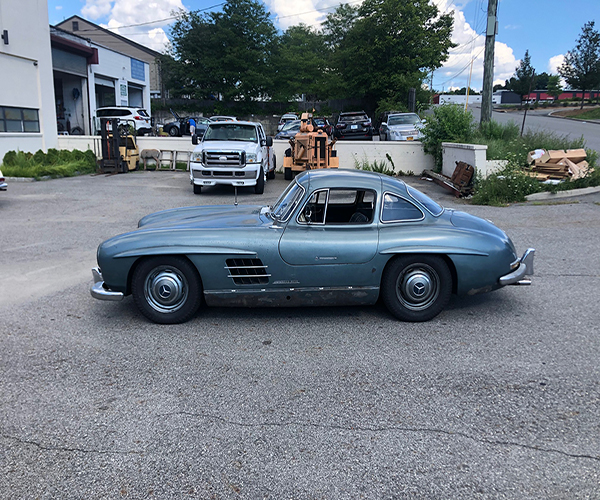
Elber focuses first on what the owner wants to do with the car. “Some guys may want to run the show circuit for a year then do road rallies,” Elber says. Some people don’t care about shows and are just going to do rallies, so the car has to be bulletproof.”
Elber does all the teardown and assembly in-house, but works with other local shops for the machine work, explaining that the majority of them primarily build high horsepower domestic V8 engines, which is a benefit to what he does.
“The advantage to working with machine shops that are experienced with race cars is that I am trying to build things that are durable,” Elber says. “Their experience with this type of performance makes them figure out what works and what doesn’t.”
The focus is making the engines durable and dependable, as opposed to performance or power increases. “A lot of the European engines have small displacement so there isn’t a lot to work with,” he says. “In many cases, you really don’t have the options for increasing power.”
He continued to explain that the compression ratio, combustion chamber and valve size, intake ports, exhaust systems, and cam profiles all stay stock, but they take advantage of better pistons, and better materials during the rebuild.
Exuding the same passion for the cars as their owners, Elber expanded on another reason for keeping the stock origin of the engine. “It’s the whole package of the car and demonstrates what they were originally doing, such as a high rpm, high speed cars,” Elber says. “They all have different personalities and that’s what makes it fun.”
While the design and general specifications remain the same in order to retain the original characteristics of the engine, balancing is one of R&R’s primary goals during a rebuild. Elber explained that the tolerance on many of the original components on these old engines was as much as 5 grams, and modern-day tolerances now are a half-gram or less. He again relies on the machine shops he works with for balancing without affecting the integrity of the original components.
Crankshafts and connecting rods are usually in good enough condition to reuse and there is a lot that can be done to repair them. If bearings cannot be found, occasionally they will have to find a shell that is close and have it coated to achieve the correct tolerance. Elber said that from the late-‘50s into the ‘60s you can usually find shop manuals that reflect engine specifications and clearances, but it can be difficult on some earlier vehicles. He relies on other engine shops and their experience to advise him on these types of specifications and tolerances during an engine build.
Piston ring gaps, explained Elber, are done on rule of thumb and what today’s technology allows, and camshaft hardening is much better than it used to be, which adds to the longevity and dependability of the engines.
“Sometimes we have to do a lot of head work with valve guides, including rewelding the holes and making guides,” Elber says. “Many of the exhaust valves didn’t run valve seals in the ‘50s, they were just machined tight, but nowadays not a lot of people like seeing a puff of smoke on startup. It’s common to machine custom tops on the valve guides so we can install seals to remedy this problem.”
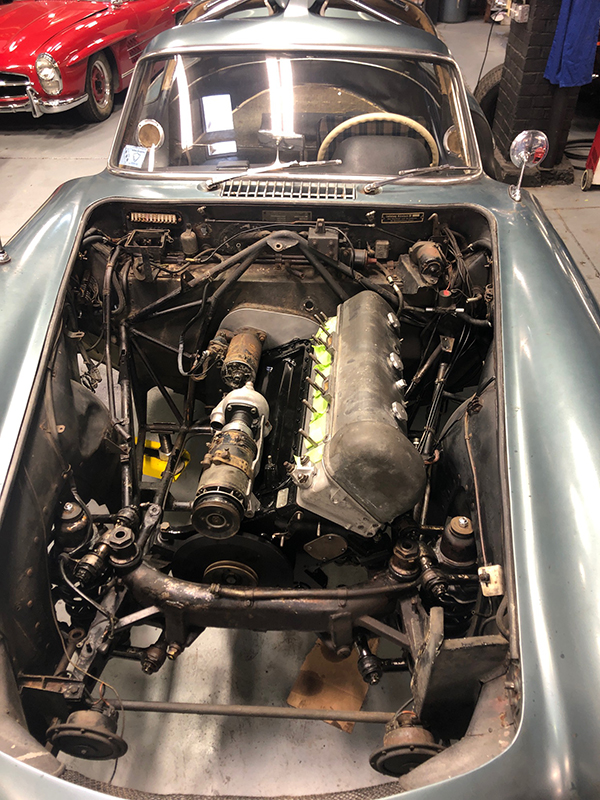
If pistons need to be replaced, some can be ordered, but others need to be made. “For Mercedes, you can get pistons,” he says. “Other brands like Ferrari and Alfa Romeo or Lancia, we have them made.”
When it comes to gaskets and seals, while there are a few that are available, but usually they have to make them. Making custom head gaskets is a regular part of R&R’s work and the shop has several relationships with gasket makers. Since they specialize in specific marques, it’s common for them to do the same type of engine more than once. Once a custom gasket has been made, it’s easier to get it the next time.
O-ring seals were generally standard metric sizes when new, and most are available but not always listed by application. Most of the time they have to measure the seal and order new ones based on size versus application.
Although they prefer to stick as closely as possible to original, a common upgrade is to run modern oil filters as opposed to screens, simply because the filtration is so much better.
Engine finish is an important aspect of the vintage marques as well, and there are two different approaches taken. For a restoration, everything is stripped down to bare metal and using historical photos, documentation or available service information, everything is finished as closely as possible to the way they originally were. Some parts were bare, some get plated, some parts get painted, some get bolted on first and then the engine is painted. They figure out what was installed or not at the point it got painted, so everything is correct even down to the overspray on certain parts.
On a preservation-style car, some components may be left with the original finish or patina, but many factors affect this decision, including the value of the car and the affect it has on the value. All of this would be determined during the assessment stage of a project before the engine is even removed.
Service information can be a challenge. “Every manufacturer is a little bit different depending on how well or how poorly they kept information,” Elber says. “The Italian stuff for instance, their information is terrible.” When information is not available, other than period photographs or physical evidence that’s left of what is there, they have nothing else to go on other than experience.
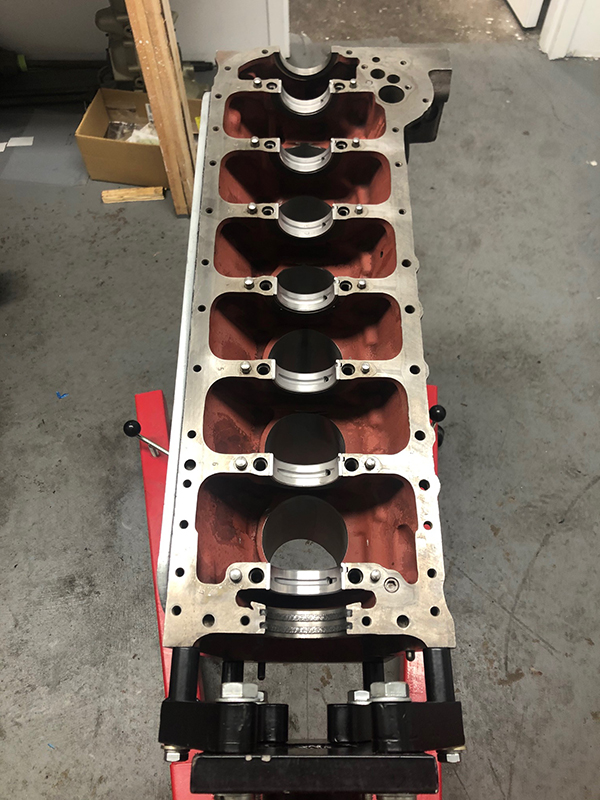
Every effort is made to keep things as original as possible. Most owners are interested in what makes the most sense for the car. “Originality is where it’s at,” Elber admits. “That is always the max value. The most original it can be from an investment standpoint is where it is. They rely on us for advice in this area.”
Some older vehicles have very demanding maintenance requirements, including things such as lubrication points in the distributor, as well as regular ignition point and timing adjustments. As opposed to upgrading to electronic ignition, these systems are kept original for the purpose of value and for the character of the car. R&R does regular maintenance to these vehicles as well to make sure they remain in top operating condition.
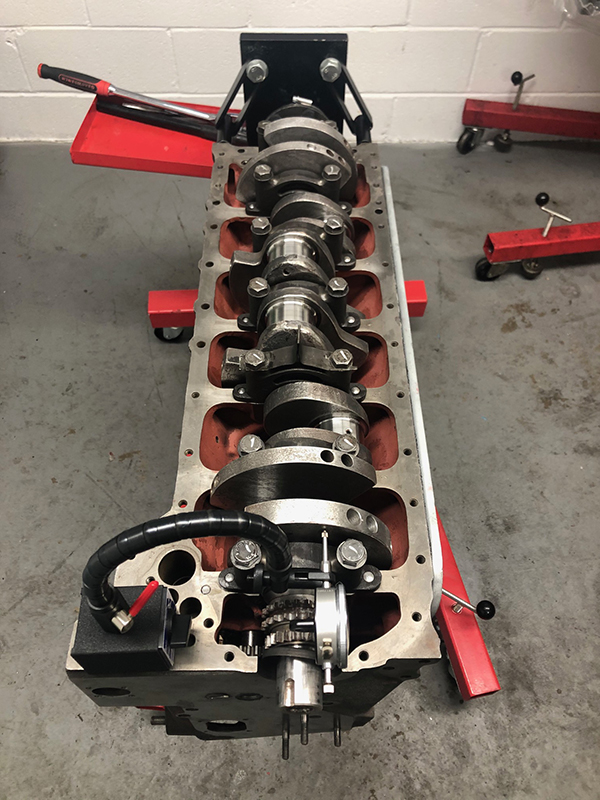
R&R is known for the dependability of their restorations. Over this past summer, Elber attended a road rally in which four of his restorations were present. Every car went over 1,300 miles in five days, climbed Pikes Peak, and drove at speeds over 100 mph for extended periods of time. The cars got ran hard for five days, and every single one made it through with no trouble.
“Guys are bored with concours,” he says. “These old cars are reliable and durable, and customers have the confidence to drive the cars. They are really cool to look at, but 1,000 times cooler to drive.” EB

